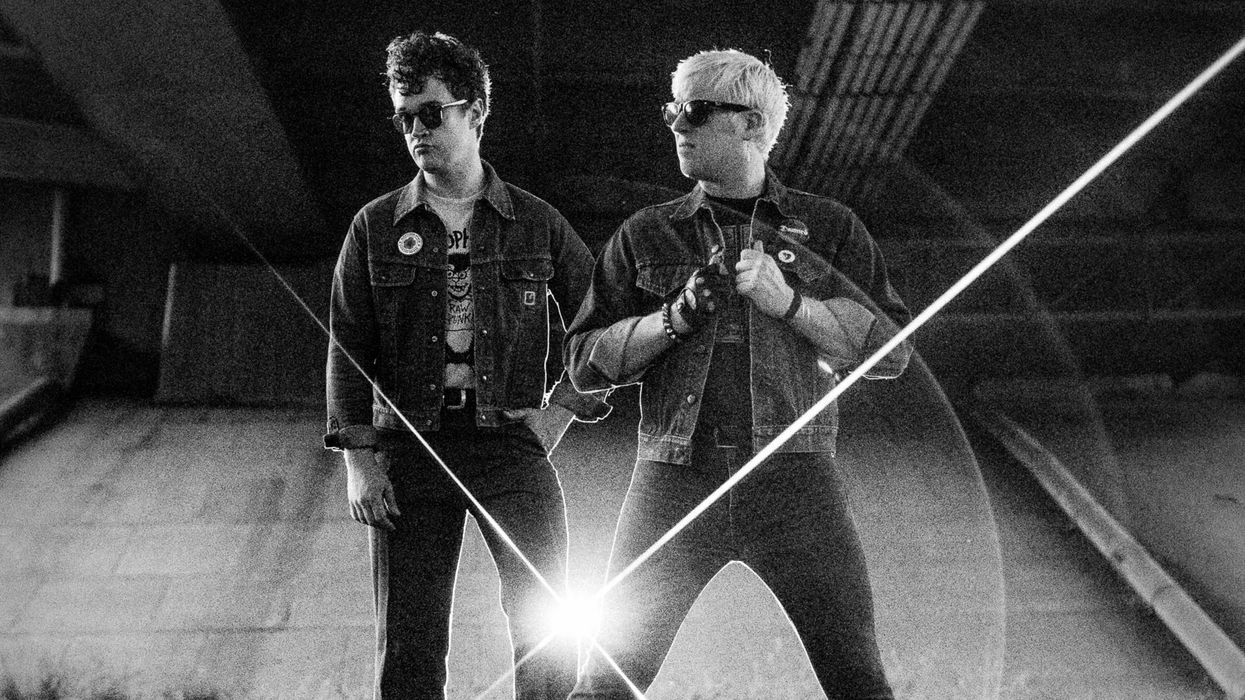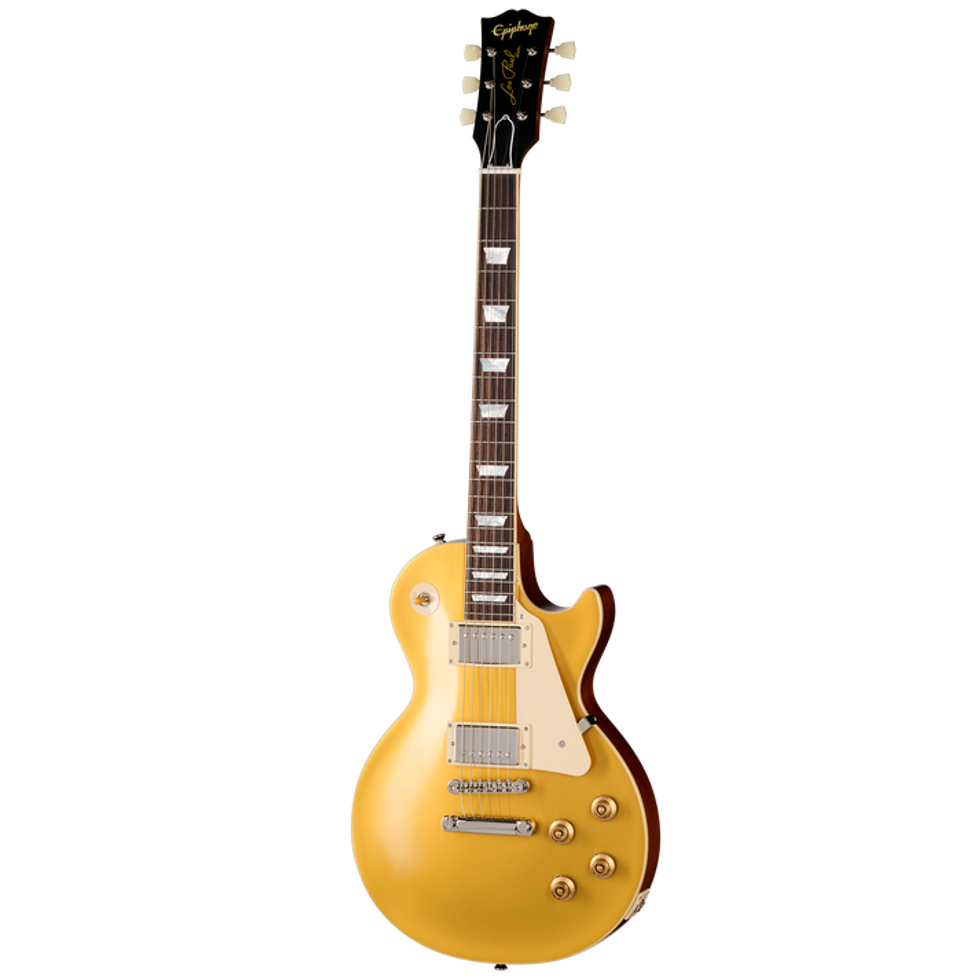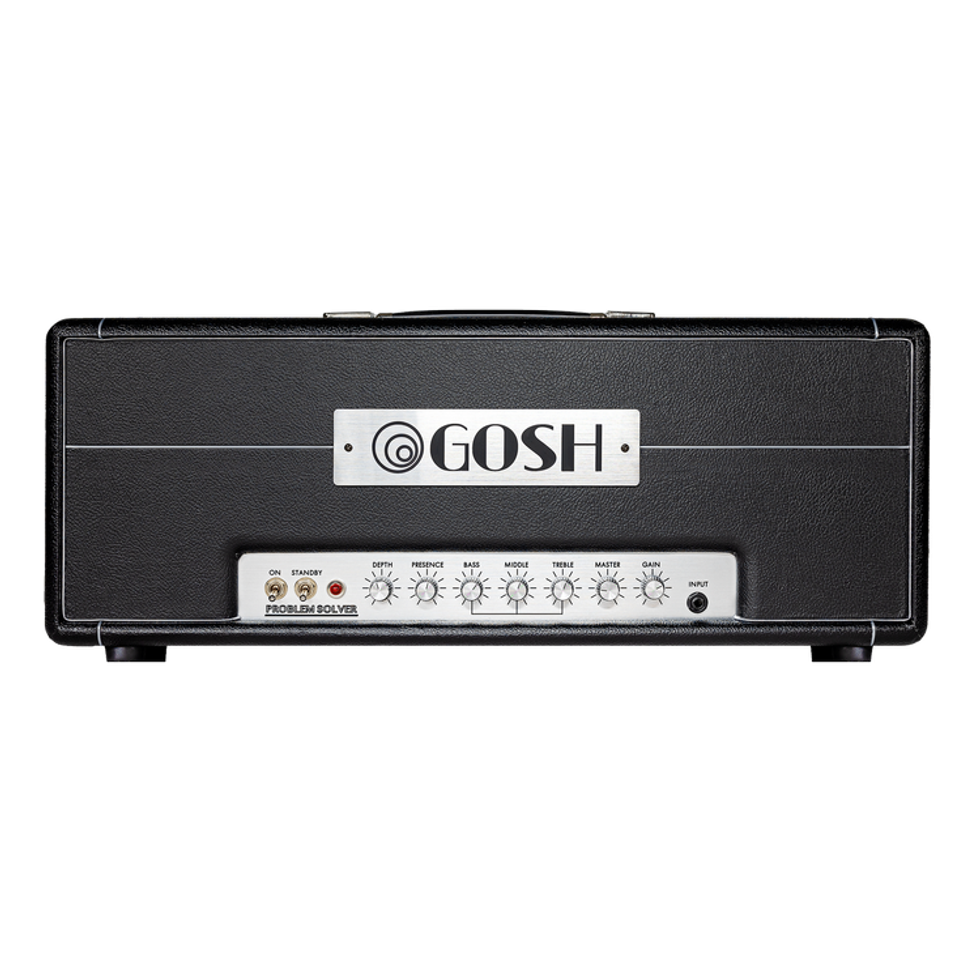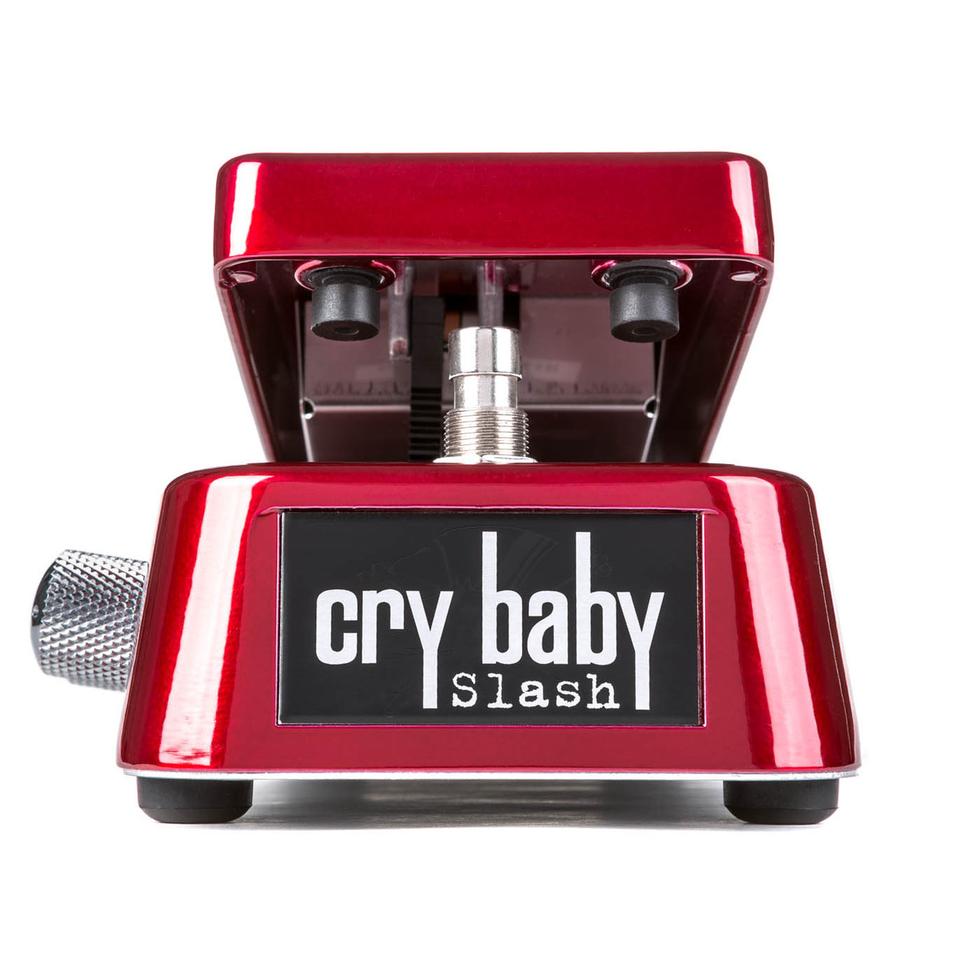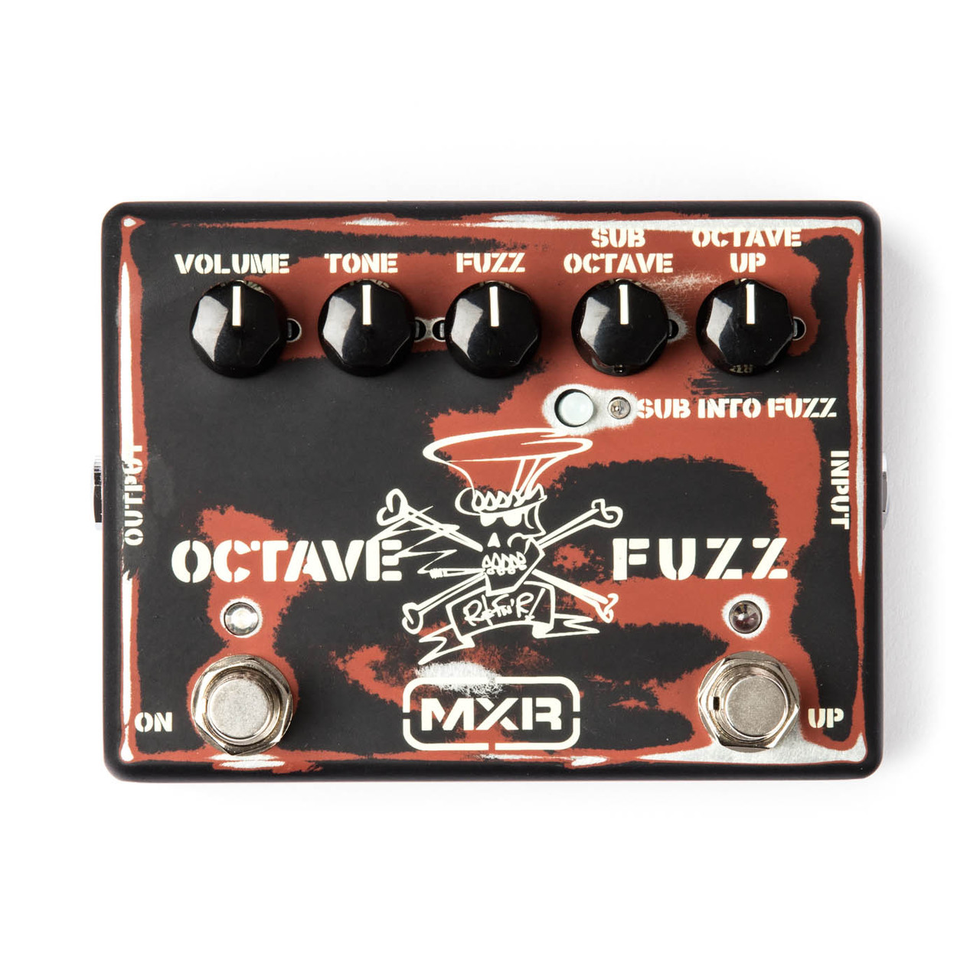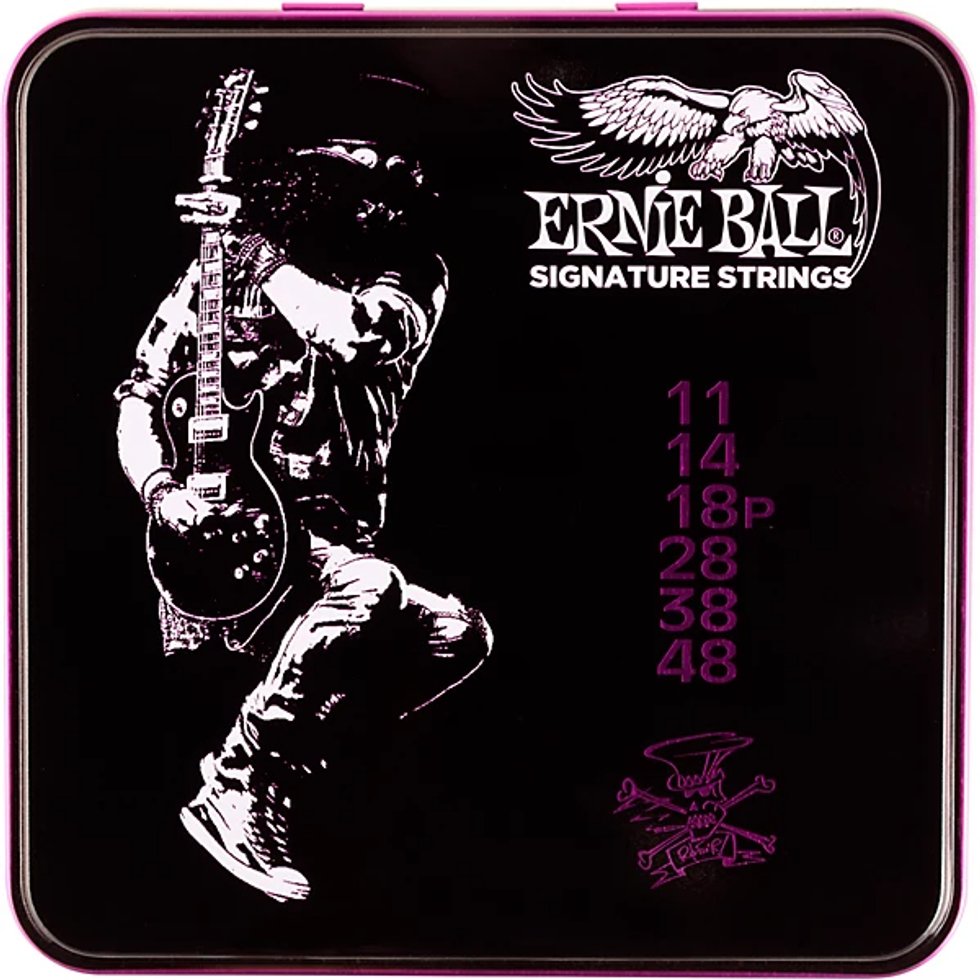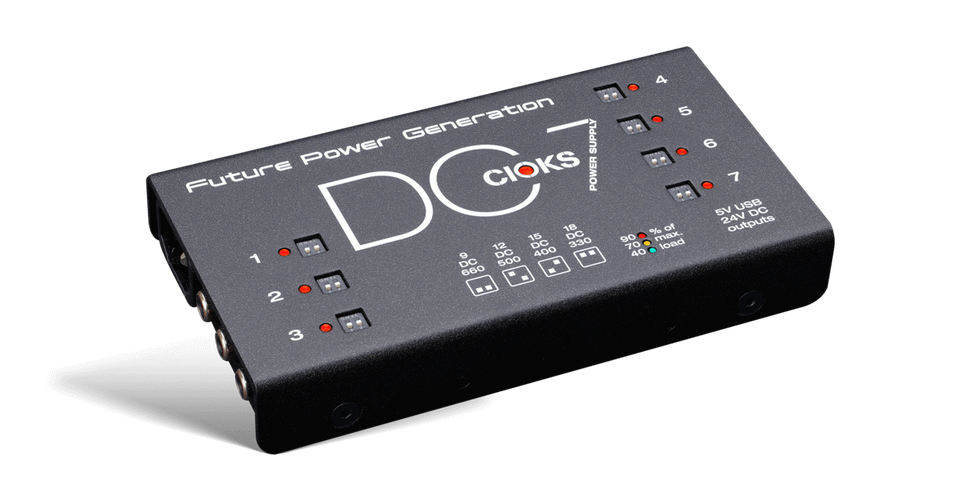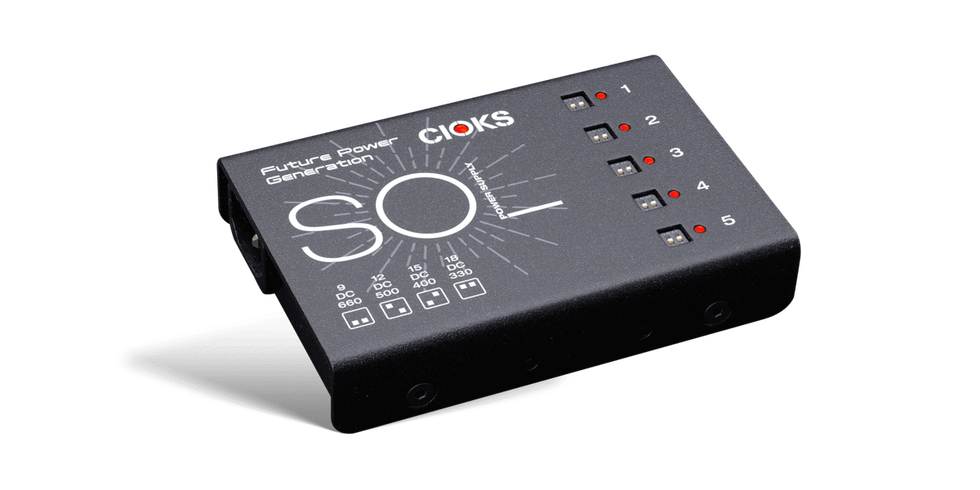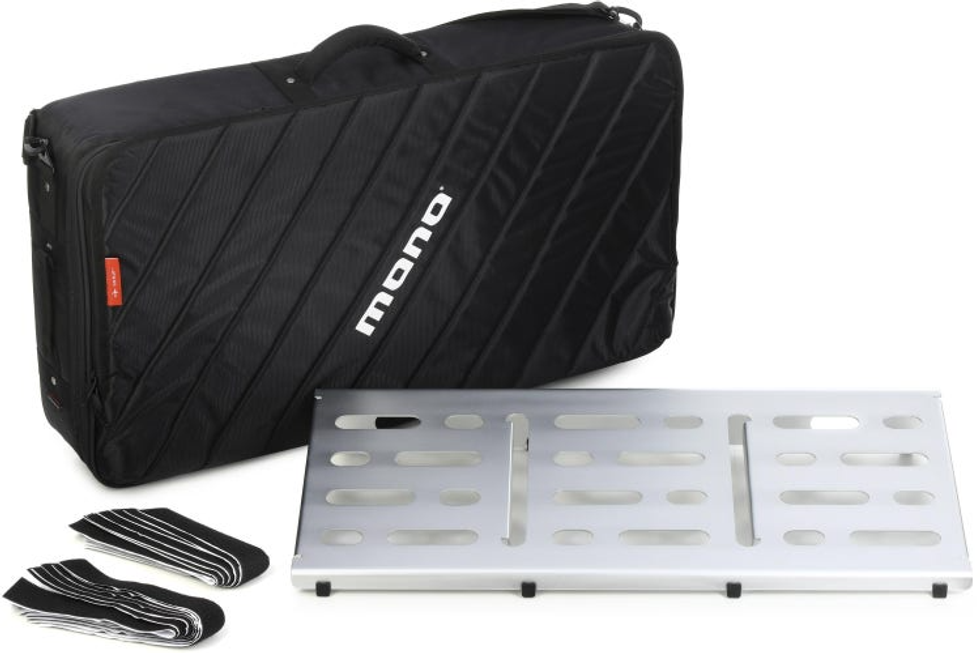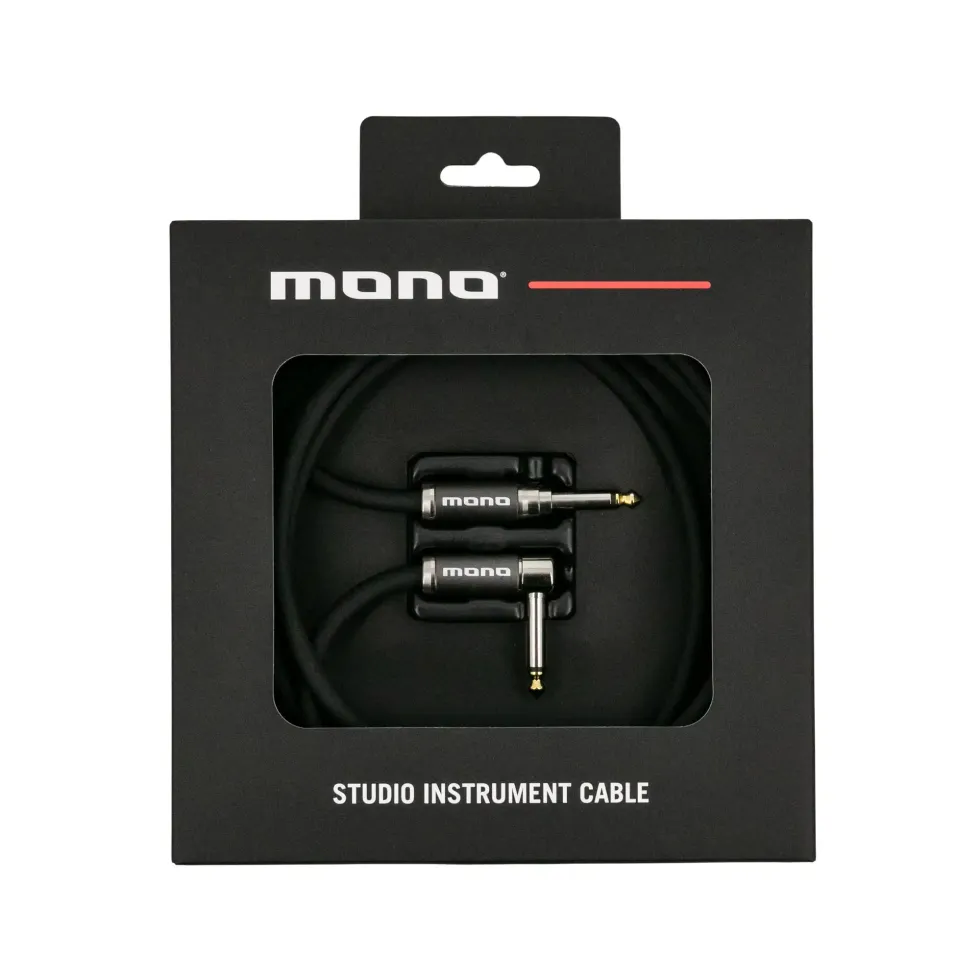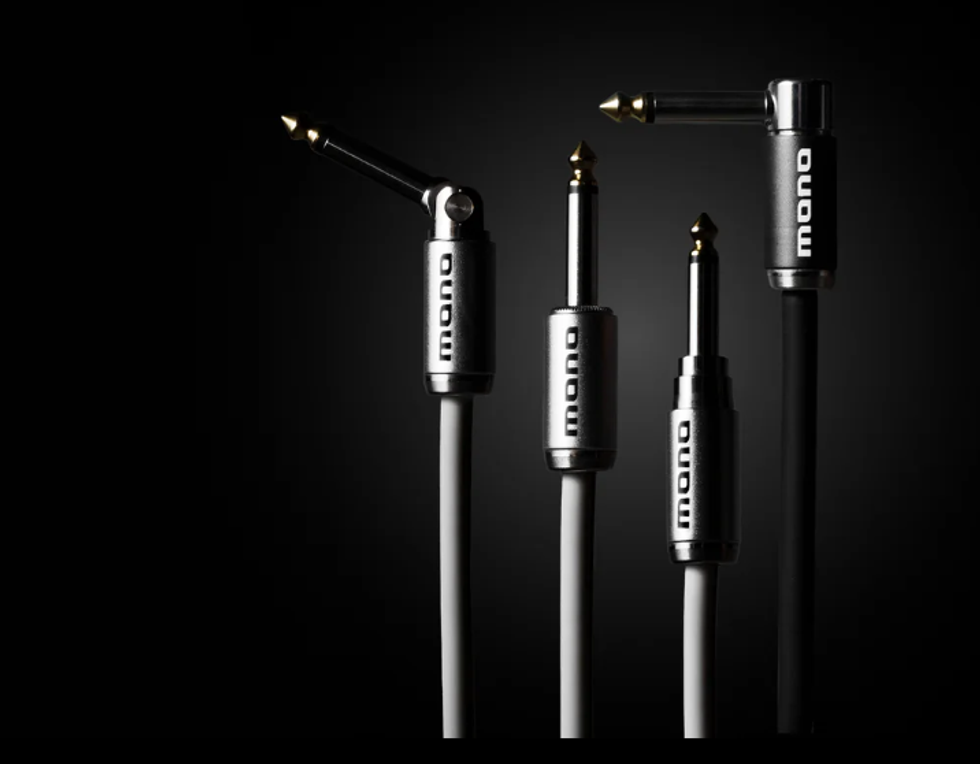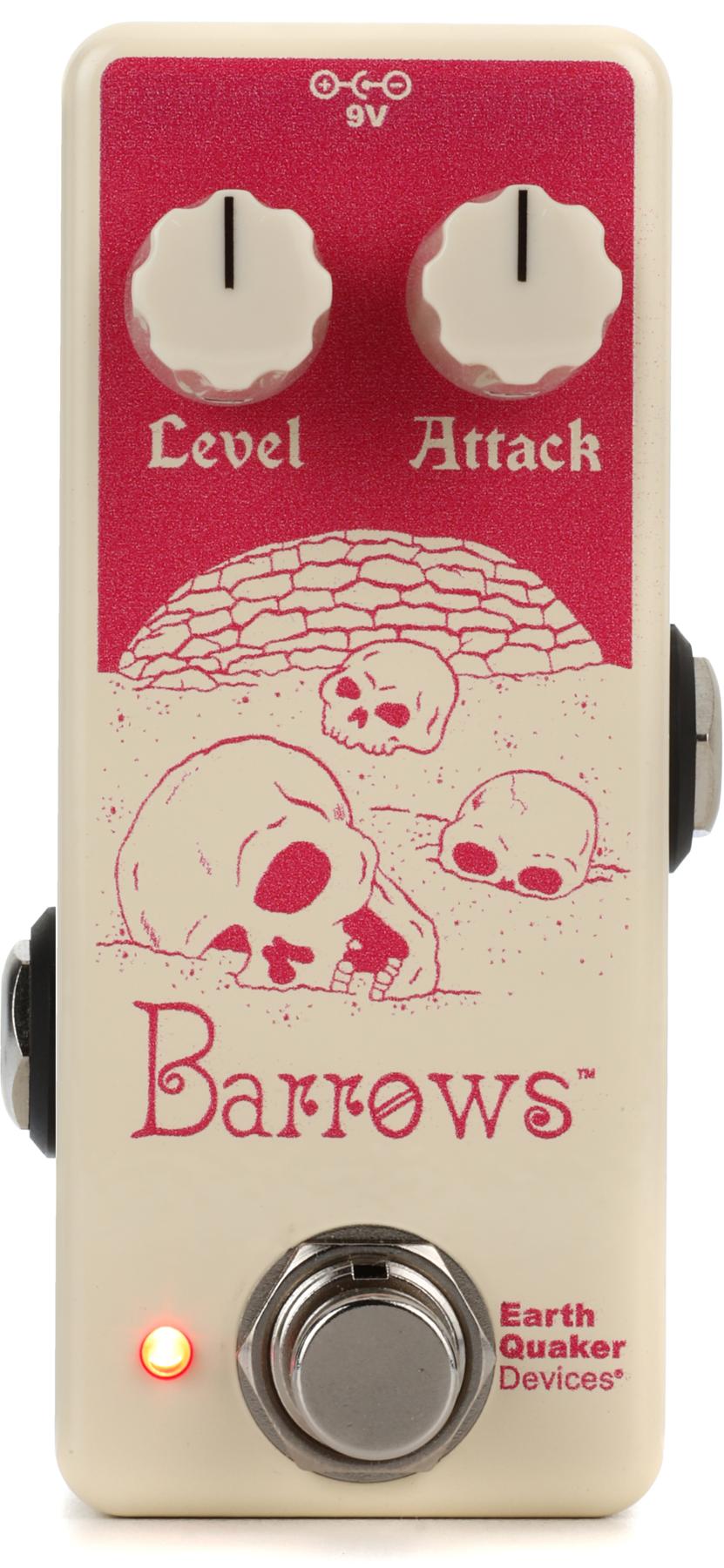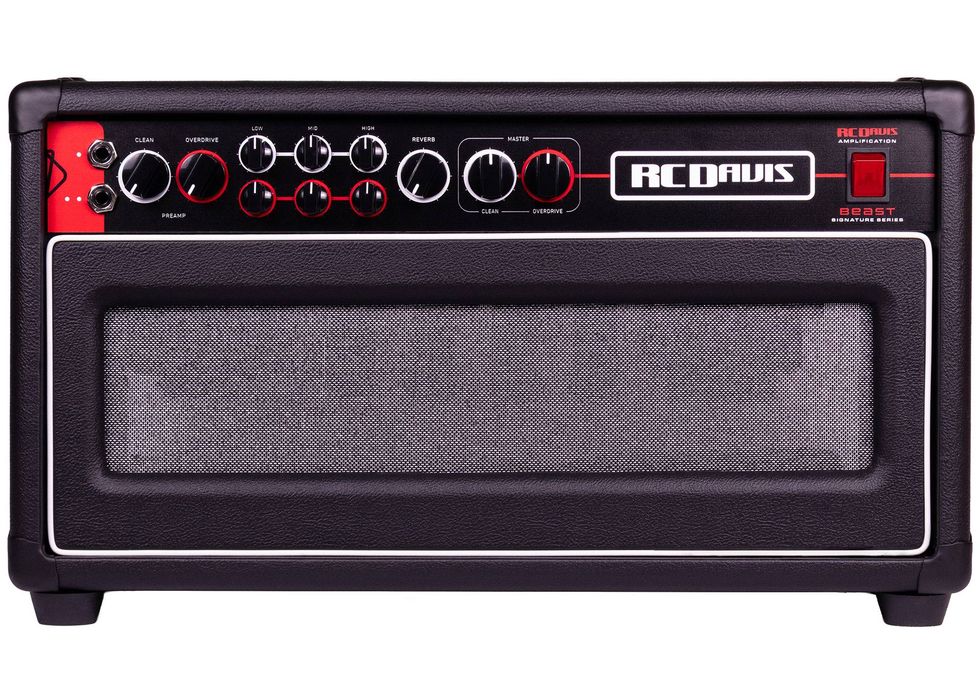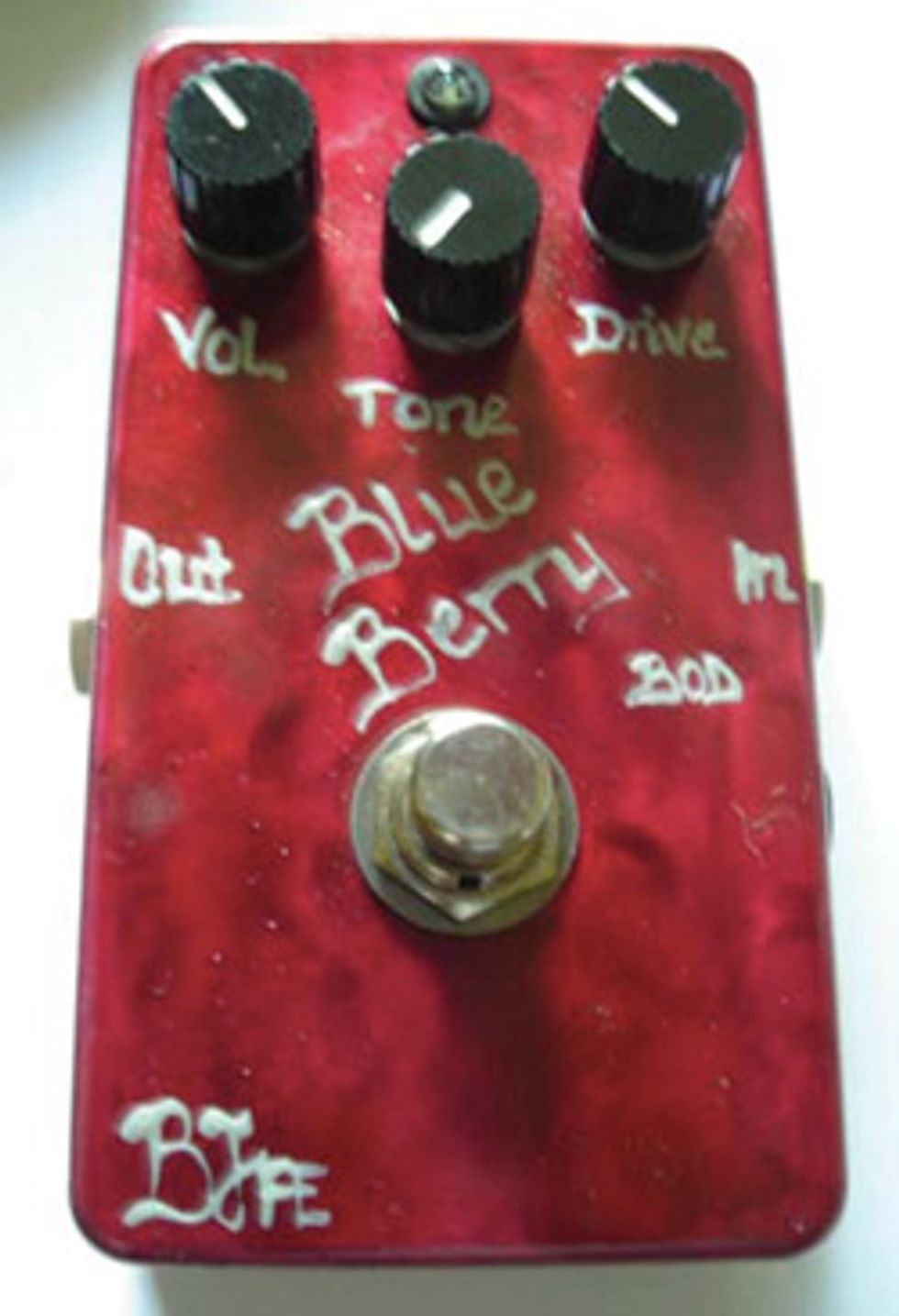 Prototype BJFE Blueberry Bass OD |
Before we go further, it has to be said that there are quite a few guitarists with a minimalist or “purist” mindset. They believe that all they’ll ever need to cover a lot of sonic ground is their guitar and an amplifier. While this type of thinking is perfectly okay for some forms of music (blues is a good example), it can be a limitation when extra tonal ingredients would particularly useful, or even necessary. It was The Mermen (a well-known surf instrumental band out of San Francisco) that got me interested in incorporating pedals into my own playing. I saw them about three times a week, and watching Jim Thomas, the Mermen’s lead guitarist, had given me plenty to hear and see. One thing I immediately noticed was that they never played the same song the same way twice! Yes, the effects pedals did have something to do with that particular aspect of their musical freedom.
It was after I met Bjorn “The Mad Professor” Juhl in mid-2003 that things started to come together. Bjorn had taught me that guitar tones were all about texture, and showed me how these various textures could be carefully blended into one another to create even better (yes, stellar) guitar sounds. Years ago, effects pedals generally were not nearly as good as they are now. There are some real clever minds out there in this arena of guitar gear madness (as you’ve no doubt seen for yourself in these pages). One of the first things you must do to actually hear what a pedal sounds like is to set it for unity gain, so when you switch the pedal on, the volume of your amplifier should optimally be the same as it was before depressing the switch. You don’t want the amplifier blasting out just yet; take this one step at a time. Once you understand what each pedal does best, you can start experimenting with stacking them. Although this can take some experimentation, setting the various levels and tweaking tones so they blend in nicely with your guitar and amp, the results will be well worth it, because you’ll have a much greater palette of tones to play with—which will make you a much more versatile guitarist. Here’s something else to consider: not all pedals will sound wonderful together. There are many combinations that sound amazing, but not all of them!
Have you ever felt that modeling pedals aren’t quite as good as the real deal? In my opinion, we still have a way to go before amp modeling will sound and feel as good as the hardware it emulates. The models of a VOX AC30 combo I’ve heard to date don’t sound remotely close to the real thing—especially because of those original speakers. Nice try, but not yet guys. On the other hand, there are many pedals out there now that sound like very good tube amplifiers—and they react like a good amplifier does, too. The sensitivity of your own touch on the fingerboard will seem very familiar to you. This is what I call Organic Modeling, the skillful use of great quality electronics to aid you in your search for tonal bliss.
About five years ago, I played bass in a local band. The band’s leader was one of these purist types who hated pedals with a passion. One night I brought a pedal to rehearsal that Bjorn had mailed to me, a bass overdrive pedal that could emulate any distorted bass sound you’ve ever heard. It was Bjorn’s BJFE BlueBerry Bass Overdrive. When I was setting up for rehearsal, the band’s leader saw the pedal in front of me. After the first song he told me to take it out of my chain. I was disappointed, because I had just gotten it that day, and I was infinitely curious about what this bright red pedal could do for my sound. The following week I couldn’t help myself—I had to take another stab at it. This required stealth. I placed the BBOD behind my bass amp, where it wasn’t in view. Since this pedal was very touch sensitive, I knew that I could put the drive control up to about noon and just control the distortion directly with right hand finger pressure. Our rehearsal sounded really good and the band’s leader was very pleased with the band’s performance and my bass sound, too. Can you imagine what happened when I showed him the reason my bass sounded so good? Ha Ha Ha! The moral of this story is: try everything you can get your hands on to create your own unique sound. Your tone might be hiding in one of the pedals sitting in a dresser drawer. Happy hunting. See you next month.
Dean Farley
Dean is the chief designer of "Snake Oil Brand Strings" (sobstrings.net) and has had a profound influence on the trends in the strings of today.





